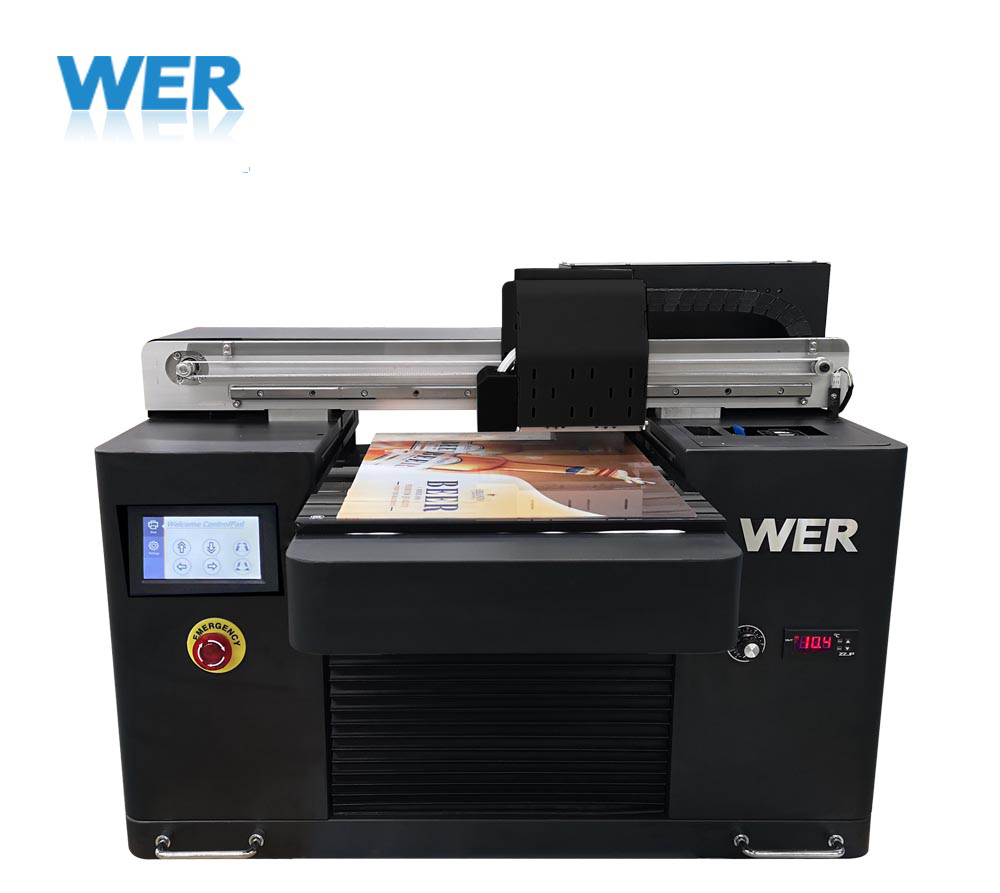Analysis of the market status and development trend of China’s printing and dyeing industry in 2021

Core reminder: Since 2012, due to slowing domestic and foreign demand, high upstream dye costs, increased pressure on environmental protection and emission reduction, the output of printing and dyeing fabrics of printing and dyeing enterprises above the designated size has been declining year by year, and has rebounded in 2016. By 2020, the printing and dyeing enterprises above designated size will be national The output of printed and dyed cloth is 52.503 billion meters.
In recent years, the growth of the national printing and dyeing industry has slowed down. As environmental protection requirements continue to increase, labor costs increase, and market demand changes, more and more printing companies have begun to transform into the digital printing industry. The digital inkjet printing equipment realizes automated management and control processes, which greatly saves manpower and reduces labor costs, and accelerates the digital transformation of the printing and dyeing industry.
At present, the output of digital inkjet printing in European countries accounts for more than 80% of its total output of printed fabrics, while the output of digital inkjet printing in my country accounts for only about 11%, reflecting the great development of the domestic digital inkjet printing industry. space.
The scale of the national printing and dyeing business market is decreasing year by year
According to the data released by the National Bureau of Statistics, the main business income of domestic printing and dyeing enterprises above designated size has declined year by year from 2016 to 2020. In 2020, it was 254.132 billion yuan, a year-on-year decrease of 12.15%. At present, the global epidemic has not yet been fundamentally alleviated, the external environment is still highly uncertain, the foundation for industrial recovery is not yet strong, and the overall cost of the industry has increased, environmental protection tasks are arduous, and market competition has intensified. The printing and dyeing industry is facing difficulties and problems in maintaining stable operations. Many tests.
Since 2012, due to slowing domestic and external demand, high upstream dye costs, increased pressure on environmental protection and emission reduction, the output of printing and dyeing fabrics of printing and dyeing enterprises above the designated size has been declining year by year, and has rebounded in 2016. By 2020, the production of printing and dyeing fabrics of printing and dyeing enterprises above designated size in the country will be reduced. 52.503 billion meters.
Digital inkjet printing is in an important period of strategic opportunity
Driven by Made in China 2025, the government has introduced a series of policies and measures on smart manufacturing. Major textile provinces such as Zhejiang, Jiangsu, Guangdong and Shandong have vigorously promoted the intelligent production of the textile and garment industry, and textile digital inkjet printing is one of the important areas. The localization of inkjet print heads is expected to be included in the national “14th Five-Year Plan” scientific research and technological transformation project. The realization of localization of inkjet print heads will greatly promote the popularization of digital printing technology.
In addition, during the epidemic period, most printing and dyeing companies were unable to start work as scheduled or had insufficient staff to resume work. The role of digital technology has been stimulated and revealed, and it has become an important force to resist the impact of the epidemic in terms of meeting people’s living needs, resuming production, reducing the spread of the epidemic, and ensuring social stability.
Application advantage analysis of digital inkjet printing equipment
Digital inkjet printing equipment realizes automatic control process, especially transfer printing equipment. A skilled worker can operate multiple equipment at the same time, which greatly saves the number of personnel, reduces labor costs, and helps alleviate the resumption of work caused by the shortage of personnel during the epidemic. Production problems. The epidemic has raised the awareness of digital production of traditional printing companies and accelerated the digital transformation of the printing and dyeing industry.
With the technological advancement of digital printing equipment, the improvement of production efficiency, and the price drop after the replacement of domestic ink, the cost of digital inkjet printing in my country has been continuously reduced, and the processing fee has been reduced. Compared with traditional printing, it has become more competitive.
The application status and trend of domestic digital inkjet printing equipment
The market demand for textile digital inkjet printing has driven the growth of digital inkjet printing equipment. From 2017 to 2019, China’s digital inkjet printing output increased from 1.1 billion meters in 2017 to 1.9 billion meters in 2019. The number of digital printing equipment in various models From approximately 25,000 units in 2017 to approximately 29,100 units in 2019, among them, direct injection equipment increased from approximately 2,000 units to approximately 3,100 units. This type of equipment has high speed, high precision, and complex technology. It is a mid-to-high-end type, mainly domestic equipment. ; The rest are digital transfer equipment. Digital transfer equipment has a large quantity, but mainly low-speed machines, which have the need for product iteration.
Compared with developed countries in Europe, in recent years, the proportion of European digital inkjet printing output in its total output of printed fabrics has been increasing year by year, and currently accounts for more than 80%, while my country’s digital inkjet printing output accounts for only 11%. It reflects that the domestic digital inkjet printing industry still has a lot of room for development.
Tags :
Knowledge & Stories| M | T | W | T | F | S | S |
|---|---|---|---|---|---|---|
| 1 | 2 | |||||
| 3 | 4 | 5 | 6 | 7 | 8 | 9 |
| 10 | 11 | 12 | 13 | 14 | 15 | 16 |
| 17 | 18 | 19 | 20 | 21 | 22 | 23 |
| 24 | 25 | 26 | 27 | 28 | 29 | 30 |
| 31 | ||||||
Recent Posts
- Ultimate Guide to UV Printing: Insider Tips and Tricks
- Before You Invest: Choosing a Large Format Flatbed Printer
- Maximizing Brilliance: Mastering UV Printer Settings for Optimal Media Reflectivity
- The advantages of using a WER UV printer for large format printing (2)
- Achieve Stunning Results in Home Décor and Architectural Design with UV Printer
Archives
- January 2025
- November 2024
- September 2024
- March 2024
- December 2023
- November 2023
- October 2023
- May 2023
- March 2023
- February 2023
- January 2023
- December 2022
- November 2022
- October 2022
- September 2022
- February 2022
- January 2022
- December 2021
- November 2021
- October 2021
- September 2021
- August 2021
- July 2021
- June 2021
- May 2021
- April 2021
- March 2021
- February 2021
- January 2021
- December 2020
- November 2020
- October 2020
- September 2020
- August 2020
- July 2020
- June 2020
- May 2020
- April 2020
- March 2020
- February 2020
- January 2020
- December 2019
- November 2019
- October 2019
- September 2019
- August 2019
- July 2019
- June 2019
- May 2019
- April 2019
- March 2019
- February 2019
- January 2019
- December 2018
- November 2018
- October 2018
- September 2018
- August 2018
- July 2018
- June 2018
- May 2018
- April 2018
- March 2018
- February 2018
- January 2018
- December 2017
- July 2016
- June 2016
Recent Posts
- Ultimate Guide to UV Printing: Insider Tips and Tricks
- Before You Invest: Choosing a Large Format Flatbed Printer
- Maximizing Brilliance: Mastering UV Printer Settings for Optimal Media Reflectivity
- The advantages of using a WER UV printer for large format printing (2)
- Achieve Stunning Results in Home Décor and Architectural Design with UV Printer
